- Nvidia
- Tata Consultancy Services
- TCS
- Artificial Intelligence
- Nvidia AI
- TS AI for Business Study
- Nvidia AI Enterprise
- Nvidia Omniverse
- Nvidia NIM Agent Blueprints
- Jay Puri
- Siva Ganesan
- Anupam Singhal
- John Fanelli
TCS Expands Pact With Nvidia To Introduce Industry-Specific Solutions
- By MT Bureau
- October 24, 2024
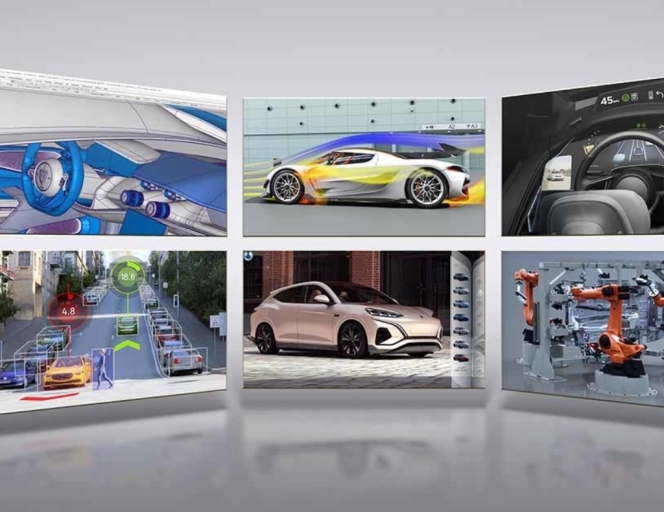
Tata Consultancy Services (TCS), a global leader in IT services, consulting, and business solutions, has expanded its collaboration with Nvidia to launch industry-specific solutions and offerings that will help customers adopt Artificial Intelligence (AI) faster and at scale. These solutions will be offered through TCS’ new business unit focused on Nvidia, under its AI Cloud business unit.
It builds on a collaboration with Nvidia for over five years, brings together the complementary capabilities of both organisations and will offer tailored offerings for various industries.
According to a recent TS AI for Business Study, enterprises worldwide are racing to adopt AI but there is no consensus on an AI adoption strategy. The journey for every enterprise is unique and involves an interplay of AI and existing enterprise capabilities.
The partners believe that AI adoption at scale requires an intimate understanding of the enterprise and its practices and building AI models that are customised for the context. The new unit will design and deliver curated AI adoption strategies by leveraging global centres of excellence (CoEs), investments in the Nvidia AI platform - including accelerated computing and AI software, and the Nvidia AI Enterprise and Nvidia Omniverse platforms - and skilled resources
The new unit also offers TCS’ proprietary framework, which brings together its deep domain expertise, enterprise contextual knowledge and Nvidia AI technology for building and deploying agentic AI solutions - including nvidia NIM microservices and Nvidia NIM Agent Blueprints, which are part of the nvidia AI Enterprise software platform and Nvidia AI Foundry – to deliver value at scale to customers.
The partners aim to build innovative, value chain-centric solutions and offerings for industry verticals on the Nvidia AI platform including:
TCS Manufacturing AI for Industrials; TCS AI Spectrum for BFSI; TCS Cognitive Visual Receiving; AI-Native Telco Offerings and TCS AI-based Autonomous Vehicle Platform.
The autonomous vehicle platform will see TCS’ IoT and Digital Engineering unit work with Nvidia to leverage generative AI and deep learning technologies, such as Omniverse for simulation and Nvidia AI Enterprise for synthetic data generation, to accelerate the development of end-to-end autonomous features and capabilities for automotive OEMs and tier 1 suppliers.
Jay Puri, Executive Vice-President of Worldwide Field Operations, Nvidia said, “The fusion of TCS’ deep industry expertise with Nvidia AI technology is set to introduce a new era of intelligent enterprise transformation. TCS’ new Nvidia business unit is poised to accelerate AI and simulation with Nvidia AI Enterprise for building agentic AI solutions and Nvidia Omniverse for building physical AI solutions, paving the way for AI-driven innovation across India and the world.”
Siva Ganesan, Head, AI Cloud Unit, TCS said, “Curated AI journeys are derived at the intersection of deep-domain and deep-tech. This is a space that TCS has excelled at during every business transformation cycle. Our unique vantage point, at the intersection of business and technology, helps us identify the right opportunities for our customers. With the innovative and efficient Nvidia AI platform, and our wide scale and proven track record in delivering value, our customers now have a means to faster value realisation.”
Anupam Singhal, President – Manufacturing, TCS said, "Manufacturers can now achieve unprecedented accuracy and access the tacit knowledge to optimise their operations, improve decision-making, and drive impactful innovation. This is possible with TCS' Manufacturing AI for Industrials offering, which leverages Nvidia technology to harness the power of LLMs (large language models) and is fine-tuned with TCS' deep manufacturing industry expertise.”
The collaboration with Nvidia is part of TCS' broader efforts to strengthen its AI-readiness and build end-to-end capabilities powered by Nvidia technology to foster enterprise-wide AI transformation for its key customers.
John Fanelli, Vice-President, Enterprise Software, Nvidia said, “Factories, warehouses and robotics are the next grounds for physical AI innovation at scale. Combining cutting edge AI and simulation capabilities can unlock unprecedented potential for intelligent manufacturing operations for TCS clients.”
To help manufacturers embrace the next wave of digital manufacturing, TCS is also working on a new suite of digital twin solutions built on the Nvidia Omniverse development platform, enabling clients to design, simulate, operate, and optimize products and production facilities across heavy industries:
Factory of the Future: Real-time factory planning, monitoring, and predictive maintenance in a virtual environment, reducing downtime and speeding up time to market.
In-Car Digital Twin: Autonomous vehicle simulation using Omniverse’s physics-based simulations, reducing the need for physical testing.
Aero Care Efficiency: Digital twin creation for aircraft components, enabling immersive training, enhanced problem-solving and the early detection of failures, helping improve safety and reduce operational risks.
Smart Farming Digital Twin: Farming scenario simulations with real-world physics, including soil interactions, terrain analysis, and weather conditions to improve equipment performance, process optimisation and sustainability in modern agriculture.
MapmyIndia And Zoho Announce Integration For CRM Users
- By MT Bureau
- November 26, 2025
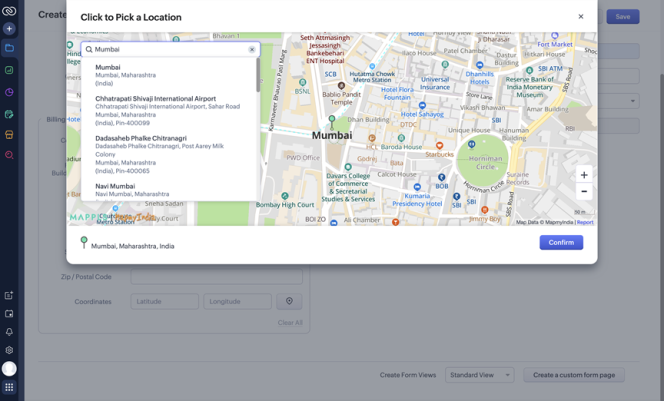
MapmyIndia Mappls, a digital mapping and geospatial technology company, and Zoho, a technology company, have announced a collaboration to integrate two MapmyIndia features directly within Zoho CRM. The features being integrated are Address Capture and Nearby Lead Finder.
The integration allows Zoho CRM users to: capture verified addresses, visualise customer locations, discover potential leads in nearby areas and optimise sales routes. These functions are powered by MapmyIndia’s mapping platform.
Rakesh Verma, Co-Founder, Managing Director & Group Chairman, MapmyIndia Mappls, said, “This partnership between MapmyIndia and Zoho is a true blue Swadeshi celebration – two Indian innovators and leaders in their respective fields - coming together to deliver cutting-edge, homegrown technology that is world-class. MapmyIndia Mappls Address Capture and Nearby Lead Finder capabilities will help Zoho CRM users across India to work smarter and sell better, while keeping all data and innovation safe within India. I am confident that this partnership will boost collaborations amongst Indian tech companies creating a sympathetic ecosystem towards the realisation of an Atmanirbhar, Viksit Bharat.”
Mani Vembu, CEO, Zoho, said, "At Zoho, we believe that true technological progress begins with self-reliance. Building deep-tech R&D from India has always been one of our foundational pursuits, driven by the immense talent and creativity that thrive in the country. Our partnership with MapmyIndia embodies this vision, uniting homegrown expertise in business software and digital mapping to deliver solutions that are powerful, privacy-focused and proudly indigenous. This integration empowers Indian businesses by combining business intelligence with spatial intelligence, giving field teams the location-aware insights they need to better serve their customers."
Toyota Kirloskar Motor Opens Experiential Museum In Bengaluru
- By MT Bureau
- November 24, 2025
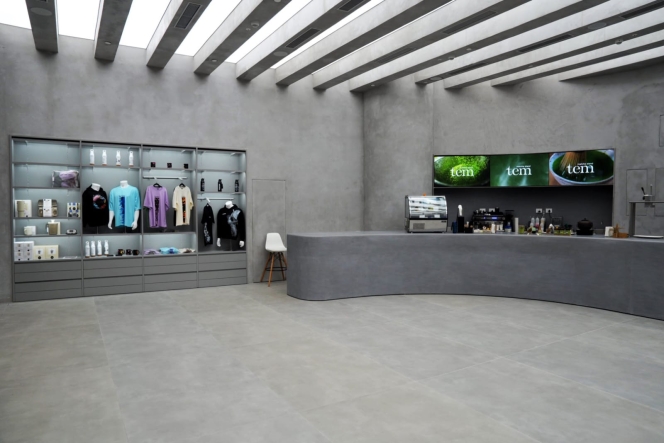
Toyota Kirloskar Motor (TKM) has unveiled the Toyota Experiential Museum (TEM) in Bengaluru, which it said is a new cultural and lifestyle hub for the company. The space combines Indian philosophy with Japanese culture and technology.
Located on the ground floor of the Phoenix Mall of Asia, TEM is spread across 8,200 sq ft and offers a five-senses experience, blending Japanese minimalism with Indian warmth through visuals, sounds, scents, textures and flavours.
Tadashi Asazuma, Deputy Managing Director, Toyota Kirloskar Motor, said, “At Toyota, our vision of creating ‘Happier Paths Together’ goes beyond mobility – it is about inspiring experiences that connect people, cultures, and emotions. With TEM, we hope to offer a truly unique experience that embodies this spirit.
In India, we found inspiration in the practice of Sadhana – the mindful pursuit of inner balance and fulfilment. TEM is where the Japanese culture and values of precision, serenity, and respect for nature beautifully align with the spirit of Sadhana, making TEM a meaningful blend of both. Designed to engage the senses and spark reflection, it brings together art, technology, and craftsmanship to inspire mindfulness, especially amongst the youth.”
The museum features minimalist interiors and distinct aesthetics designed to spark curiosity, inviting guests to explore at their own pace. The journey begins with a mirrored and rhythmic experience of the changing seasons common to Japan and India, unfolding through infinite projections of light, colour and motion. It then rises into a celebration of shared passion, featuring an audio-visual collaboration with DRUM TAO. A display includes a water curtain encircling a car draped in satin.
A design cafe offers a range of merchandise blending heritage with contemporary lifestyle, celebrating simplicity and craftsmanship.
The TEM cafe features a curated menu that blends the Japanese tradition of matcha with Indian flavours. Highlights include the India-inspired mango infusion.
- Maruti Suzuki India
- Maruti Suzuki Innovation Fund
- Ravity Software Solutions
- Sociograph Solutions
- Amlgo Labs
- Hisashi Takeuchi
- Vikas Rungta
Maruti Suzuki India Invests INR 20 Million In Ravity Software Solutions
- By MT Bureau
- November 21, 2025
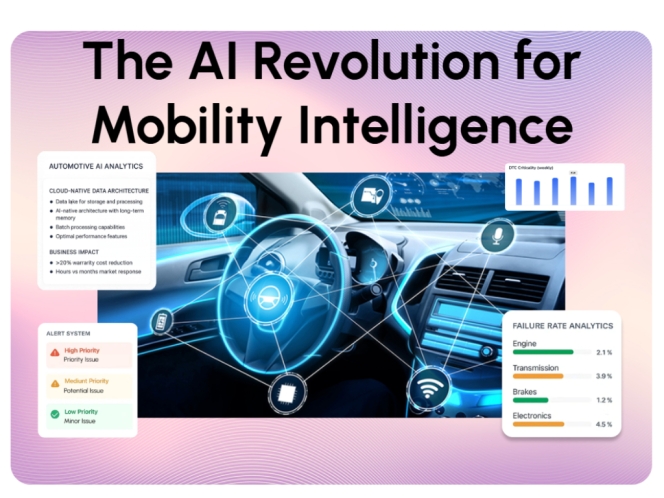
Maruti Suzuki India (Maruti Suzuki) has announced an investment of nearly INR 20 million to pick up 7.84 percent stake in Bengaluru-based mobility insights start-up Ravity Software Solutions. The start-up claimed to be a global platform for AI-driven connected mobility intelligence, which transforms vehicle data into business value.
This marks the automaker’s third such move through ‘Maruti Suzuki Innovation Fund’, which makes strategic investments in innovative and high-potential start-ups that can support Maruti Suzuki India’s operations.
The company made its first investment of INR 20 million in Sociograph Solutions in June 2022, followed by the same amount in Amlgo Labs in March 2024.
Hisashi Takeuchi, Managing Director & CEO, Maruti Suzuki India, said, “Aligning to our core value of keeping customer at the core of our business, we are focused on enhancing vehicle ownership experience. In the age of open innovation, we strive to co-create business solutions with specialized entities operating in the particular field. Startups are ideal partners as they bring agility, fresh thinking, and cutting-edge solutions, to support our goal of ensuring customer delight. Our investment in Ravity Software Solutions will enable us to elevate customer experience through data-driven insights. We have been associating with startups since 2019 under our Maruti Suzuki Innovation programs. Through this initiative, we are investing in a culture of innovation, building strategic partnerships, and unlocking new opportunities, in line with Government’s ‘Startup India’ initiative to promote entrepreneurship in the country.”
Vikas Rungta, Founder, Ravity Software Solutions, said, “It is an honour to be associated with an industry leader like Maruti Suzuki, whose name is synonymous with bringing personal mobility to millions in India as well as across the globe. An automobile major like Maruti Suzuki partnering with a startup speaks volumes about its forward-thinking mindset, humility, and openness to learn and collaborate to explore new ideas. With our excellence and expertise in AI, analytics and mobility, we are committed to upholding the trust Maruti Suzuki has placed in us. We believe that the high complementarity of our strengths: Maruti Suzuki’s scale of business and our agility and entrepreneurship, will further enhance customer experience and delight.”
LG Display Wins Two CES 2026 Innovation Awards For Automotive Display Technology
- By MT Bureau
- November 21, 2025
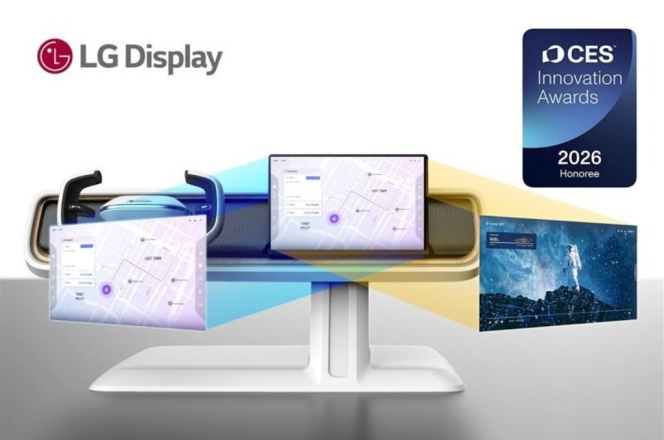
LG Display has secured two CES 2026 Innovation Awards from the Consumer Technology Association (CTA) for two automotive display innovations: Dual View OLED and Under Display Camera-infrared (UDC-IR) OLED.
Both products were honoured in the In-Vehicle Entertainment category for delivering space efficiency, superior picture quality and high standards of safety.
The Dual View OLED solution allows a single automotive display to show different content based on the viewing position. For example, the driver can view navigation while the front passenger streams content. Optimised pixel structure ensures the driver’s touch operation does not interfere with the passenger’s entertainment. The product utilises a Tandem OLED device structure for picture quality and operates reliably in environments ranging from -40deg C to 85deg C.
The UDC-IR OLED jointly developed with LG Innotek, is claimed to world’s first full-screen automotive display to conceal an in-screen driver-monitoring camera. LG Display developed advanced algorithms that make the camera hole invisible from the driver’s viewpoint. The camera integrates LG Innotek’s high-resolution IR camera and image-enhancement software to ensure accurate driver monitoring, which is becoming mandatory due to global safety regulations.
LG Display will showcase these solutions at a dedicated booth at CES 2026. The company has consistently won CES Innovation Awards, previously honoured for its Thin Actuator Sound Solution (CES 2023) and its 57-inch Pillar-to-Pillar LCD (CES 2024).



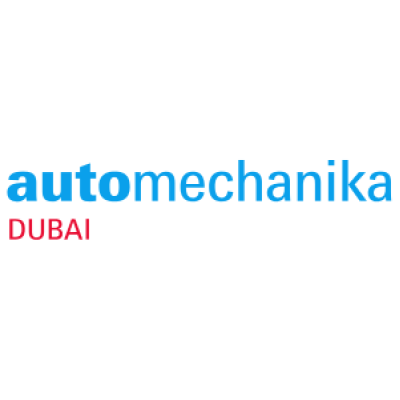


Comments (0)
ADD COMMENT